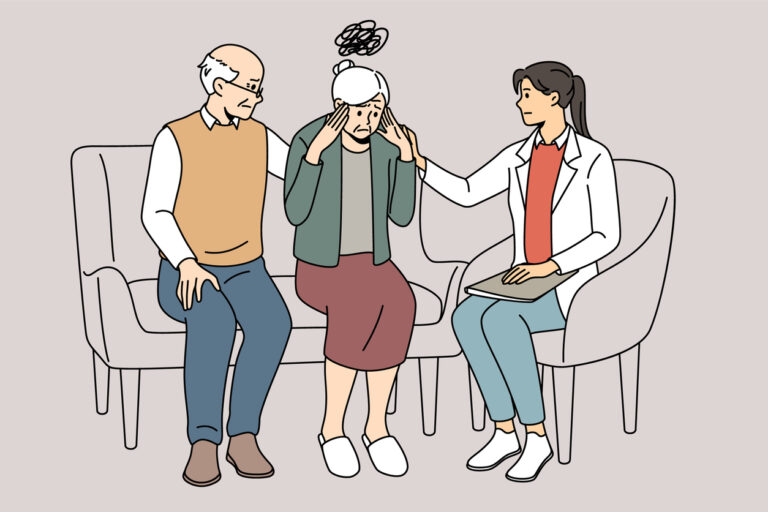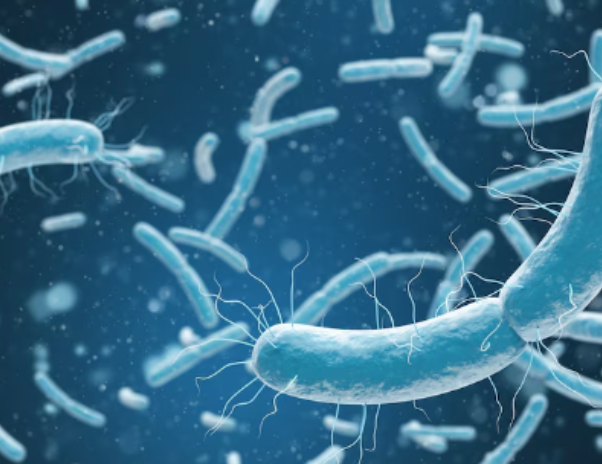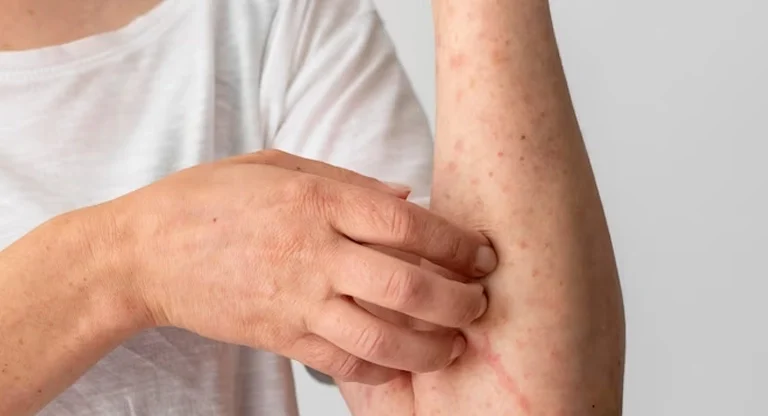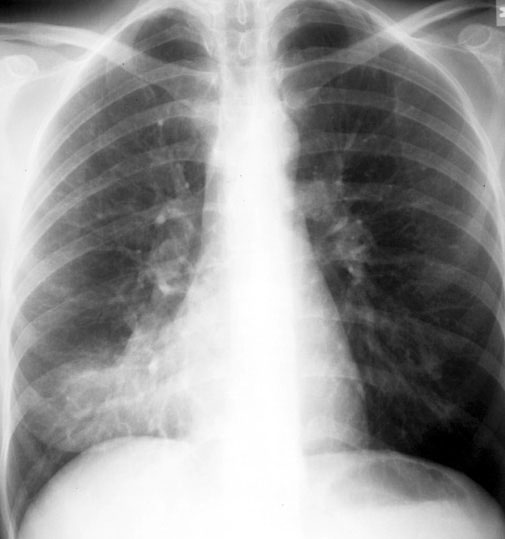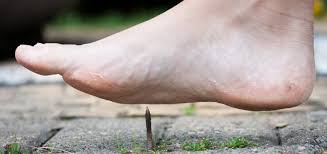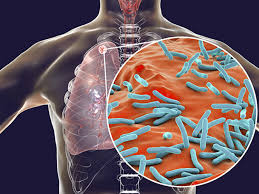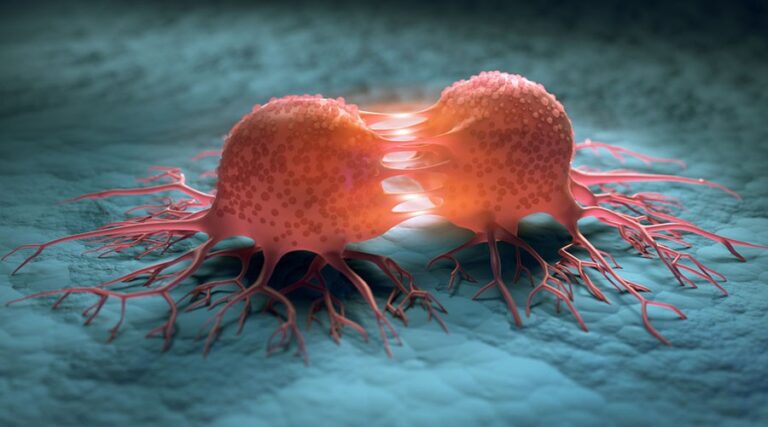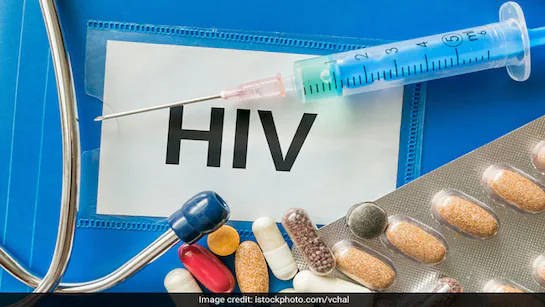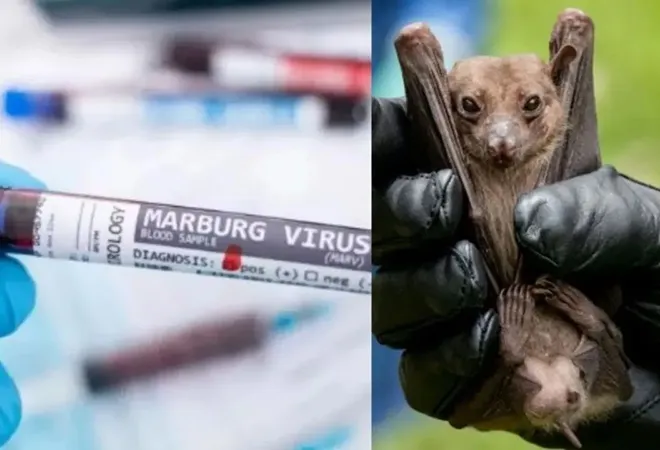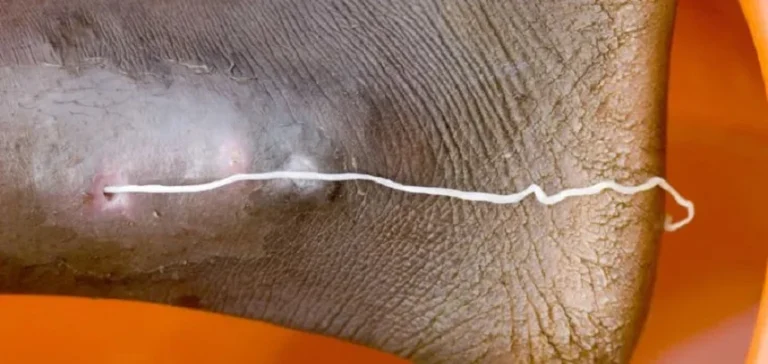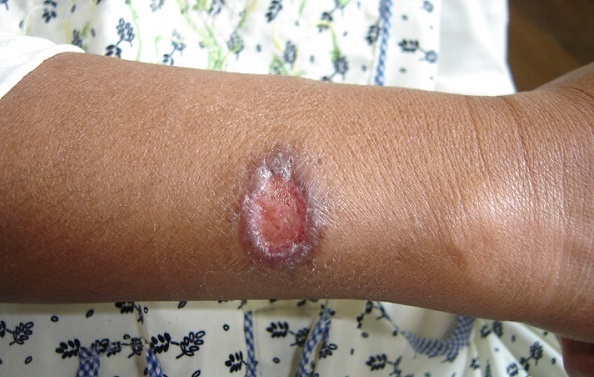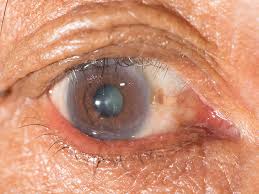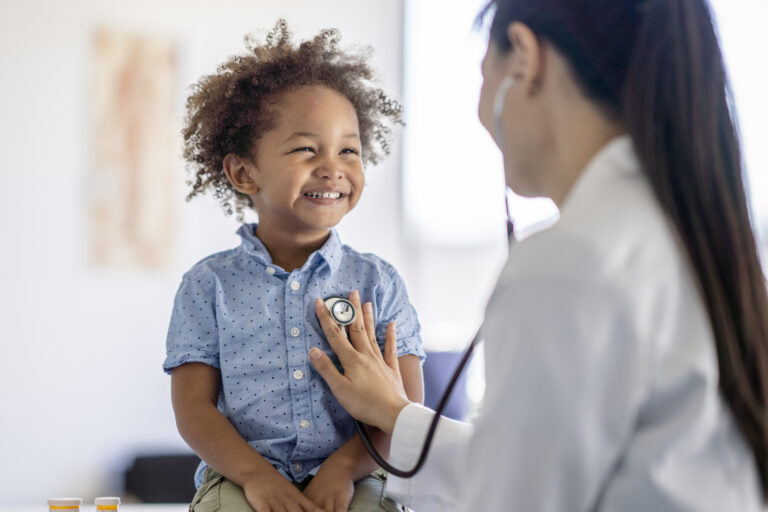Scabies
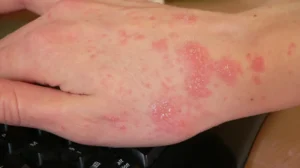
Scabies is a highly contagious skin condition caused by the microscopic mite Sarcoptes scabiei var. hominis. These mites burrow into the upper layer of the skin, where they live and lay eggs, triggering an intense allergic reaction that leads to severe itching and a characteristic rash. Understanding the transmission, symptoms, and treatment of scabies is crucial for effective management and prevention.
Understanding Scabies:
- Causative Agent:
- Sarcoptes scabiei var. hominis, a tiny, eight-legged mite.
- Sarcoptes scabiei var. hominis, a tiny, eight-legged mite.
- Transmission:
- Primarily through direct, prolonged skin-to-skin contact with an infected person.
- Sexual contact is a common mode of transmission.
- Less commonly, through sharing contaminated items like bedding, clothing, or towels.
- Brief contact, like a handshake, is unlikely to spread scabies.
- Primarily through direct, prolonged skin-to-skin contact with an infected person.
- Contagiousness:
- Scabies is highly contagious, and close contacts of an infected person are at high risk of contracting the infestation.
- Outbreaks can occur in crowded environments like nursing homes, childcare facilities, and prisons.
- Scabies is highly contagious, and close contacts of an infected person are at high risk of contracting the infestation.
Symptoms:
The hallmark symptoms of scabies are intense itching and a rash.
- Itching:
- Severe itching, especially at night.
- The itching is caused by the body’s allergic reaction to the mites, their eggs, and their feces.
- Severe itching, especially at night.
- Rash:
- Small, raised bumps or blisters.
- Tiny burrow tracks, appearing as thin, wavy lines, may be visible.
- The rash commonly appears in the following areas:
- Between the fingers.
- Wrists.
- Elbows.
- Armpits.
- Waistline.
- Buttocks.
- Genitals.
- Around the nipples (in women).
- Feet.
- Between the fingers.
- Small, raised bumps or blisters.
- Crusted Scabies (Norwegian Scabies):
- A severe form of scabies that occurs in people with weakened immune systems, the elderly, or those with neurological conditions.
- Characterized by thick, crusted skin lesions containing large numbers of mites.
- Highly contagious.
- May have minimal or no itching.
Diagnosis:
- Clinical Evaluation:
- Diagnosis is often based on the characteristic symptoms and the appearance of the rash.
- A thorough examination of the skin is essential.
- Diagnosis is often based on the characteristic symptoms and the appearance of the rash.
- Skin Scraping:
- A small skin scraping may be taken and examined under a microscope to identify mites or their eggs.
- This is not always necessary, especially in typical cases.
- A small skin scraping may be taken and examined under a microscope to identify mites or their eggs.
- Dermoscopy:
- A dermatoscope can be used to view the burrows.
- A dermatoscope can be used to view the burrows.
Treatment:
- Topical Scabicides:
- Permethrin cream (5%) is the most commonly prescribed topical medication.
- It should be applied to all areas of the body, from the neck down, and left on for 8-14 hours before washing off.
- Ivermectin cream is another topical medication.
- Oral Ivermectin:
- May be prescribed for severe cases, crusted scabies, or when topical treatment is ineffective.
- Often used in conjunction with topical scabicides.
- May be prescribed for severe cases, crusted scabies, or when topical treatment is ineffective.
- Treatment of Contacts:
- All close contacts of an infected person should be treated, even if they have no symptoms, to prevent reinfestation.
- All close contacts of an infected person should be treated, even if they have no symptoms, to prevent reinfestation.
- Environmental Measures:
- Washing bedding, clothing, and towels in hot water and drying them on high heat.
- Dry cleaning items that cannot be washed.
- Sealing unwashable items in plastic bags for at least 72 hours.
- Washing bedding, clothing, and towels in hot water and drying them on high heat.
- Symptom Relief:
- Antihistamines can help relieve itching.
- Corticosteroid creams may be used to reduce inflammation.
- Antihistamines can help relieve itching.
Prevention:
- Avoid Close Contact:
- Avoid prolonged skin-to-skin contact with individuals who have scabies.
- Avoid prolonged skin-to-skin contact with individuals who have scabies.
- Treat Contacts:
- Promptly treat all close contacts of infected individuals.
- Promptly treat all close contacts of infected individuals.
- Good Hygiene:
- Maintain good hygiene practices.
- Environmental Cleaning:
- Regularly wash and dry bedding, clothing, and towels.
- Regularly wash and dry bedding, clothing, and towels.
Scabies is a treatable condition, but it requires prompt diagnosis and treatment to prevent its spread. It is very important that all close contacts are treated at the same time, even if they do not have any symptoms.
I hope this information is helpful.


